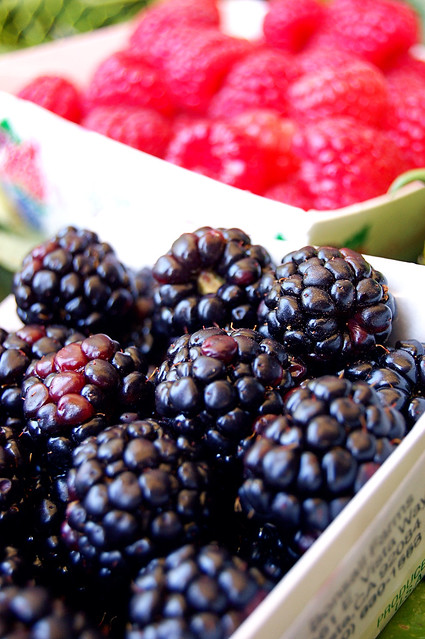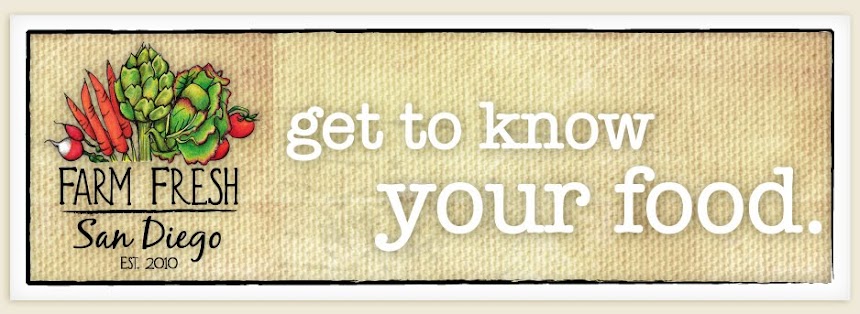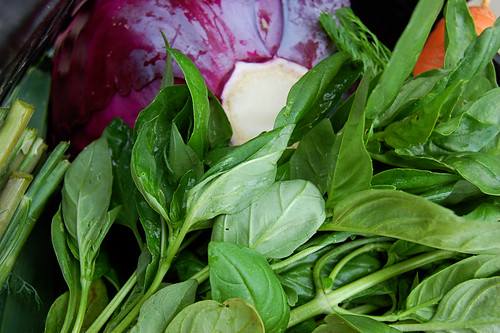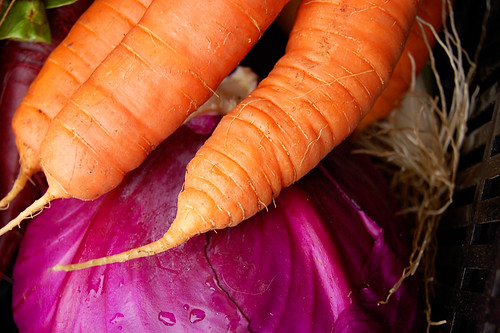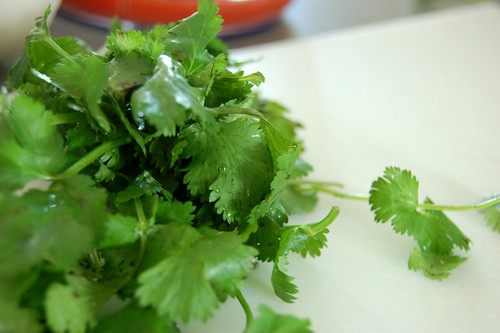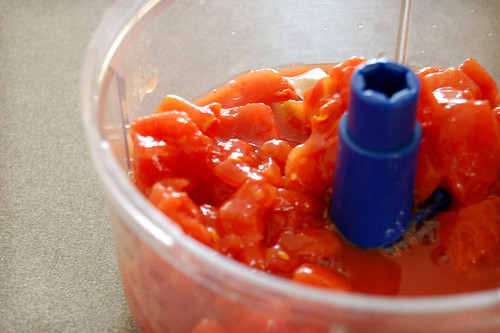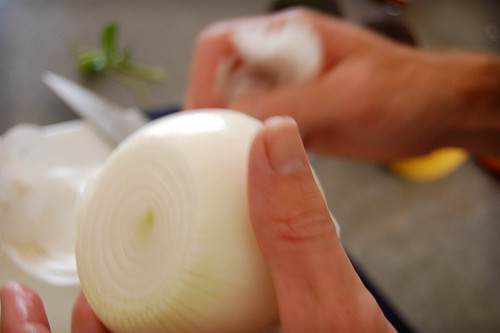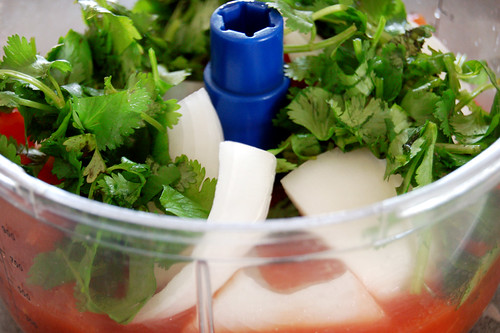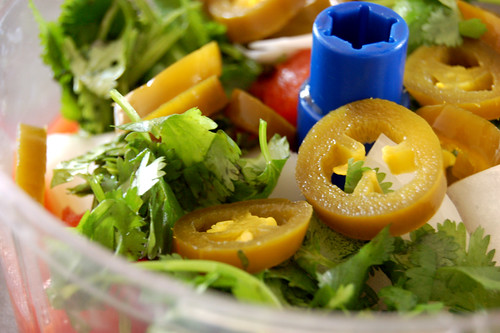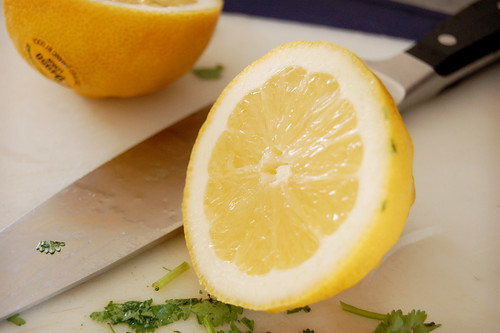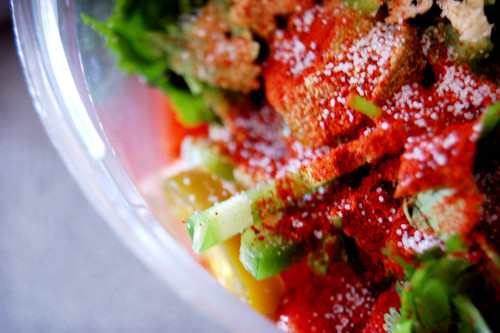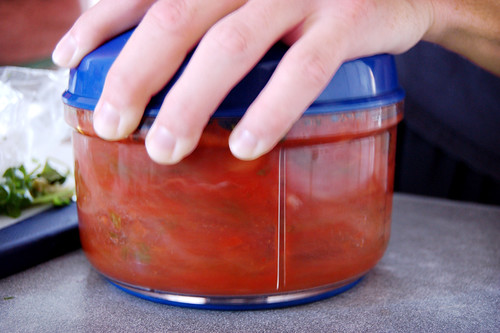Beets have a terrible reputation. Among other things they have been blamed for tasting like... well, dirt. Our modern day society does not eat too many beets, nor do most even know what a real fresh beet looks like. A common form (the dreaded canned form) gives beets the appearance and texture of something that has surfaced from a steamy, stinky bog of sorts. I hope I don't offend anyone but I must say that canned beets have to be near the top of my "do not eat" list. Besides, they taste like tin.
Now, you must understand why I feel so harshly towards counterfeit beets. The reason is this: fresh beets can actually taste REALLY GOOD! And fresh beets have another benefit - they are really good for you. Thirdly, they really don't take long at all to prepare, so you may not use that as your excuse!
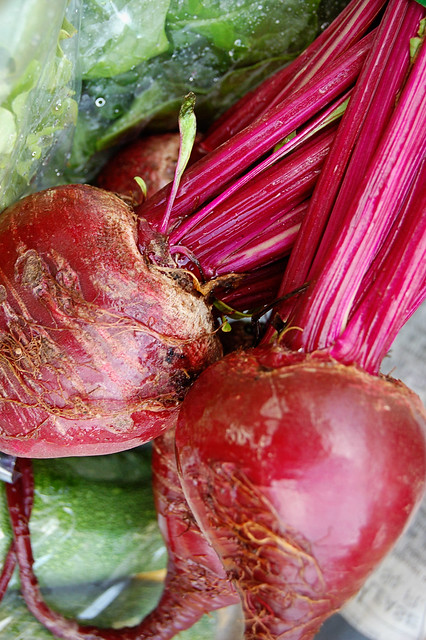
Ok, lets start with the basics. Let's call it
Getting to Know your Beets. Here are a few simple things you should know about this vegetable that may soon work it's way to the top of your favorites:
:: Beets are root vegetables which mean they grow underground. The stems and leaves grow above ground.
:: Not all beets are dark red. Some varieties are white, orange or purple, and just about every shade in between.
:: Beets are extremely high in nutrition. Most notably beets are know for their
anti-inflammatory properties and also work as an antioxidant and aid in detoxification.
:: Every part of the beet can be eaten, from tip to tip (yes, including the leaves!)
It is no surprise that beets are highly nutritious (as most vegetables are). This post isn't so much to convince you to eat them because they are good for you, but rather to answer the question:
What the heck do I do with them??
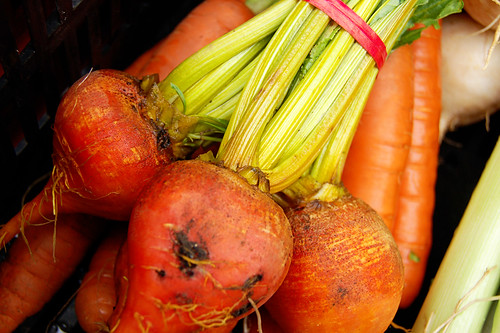
As mentioned above every inch of the beet is edible. Let's start with the beet root. If you think beets have a very "dirty" taste as many people do you will want to peel your beets with a vegetable peeler. This helps A LOT. Now, there are many different ways one can prepare beets. I can't possibly go into every detail here but I can give you some helpful suggestions and links to recipes.
Fresh :: (uncooked)
Balsamic Beet and Fresh Spinach Salad
Steamed, Grilled, Baked and Broiled ::
15 Minute Beets (from Whole Foods Market)
Roasted Beets (We did this the other night and the beets were delicious! Instead of peeling them after they were cooked we peeled them before hand with a vegetable peeler. This made everything easier).
Similar to the Roasted Beet recipe above this same method can be done on the BBQ instead of in the oven. If you have a smoker you could totally throw the foil wrapped beets on the smoker too.
Baking ::
Red Beet Chocolate Cake
More :: There are so many recipes!
A simple search on
Bon Appetit Magazine's website yielded 6 pages of recipes that used beets.
Click here to explore them.
Gourmet Magazine's website yielded 3 pages of recipes that used beets.
Click here to explore them.
Martha Stewart's website gave me more than 18 pages of recipes that used beets when I just searched for "beet."
Click here to explore her recipes.
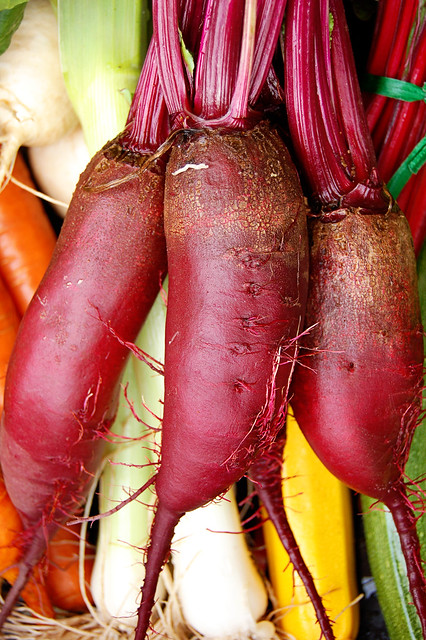
If you juice, you will want to juice beets and their greens. As mentioned above, beets are extremely nutritious to the body. In fact drinking beet juice can lower you blood pressure, provide anti-cancer benefits, improve digestive functions (thanks to the unique fiber found in beets) and aid in cardiovascular health.
Whole Foods Market has a wonderful article on the health benefits of the beet - a must read for those who enjoy learning about the benefits this veggie has on the body.
This brings me to my last point which is
using the greens. It is quite common to see the greens of most vegetables discarded as green waste. Take carrots for example. While at the market recently I purchased a bundle of carrots with their tops still on. The checker asked me if I wanted her to rip the tops of for me. Quite the opposite. The greens are often considered the life of the plant. It's where the sunlight enters and where energy is stored. These vegetable parts shouldn't be wasted! Chop them up and use them as salad greens, or put them on a sandwich instead of lettuce. Saute them in a wok, or if you juice, juice them!

Enjoy experimenting with beets. They really aren't so bad after all. Vegetables give you energy, help your body function at it's best, and give you the satisfaction that you are making good eating choices.
The moral of the story is this: beets can be very very tasty. And while you are processing that don't forget that the Internet is your best recipe resource. There are thousands of ideas out there!
Enjoy some beets!
